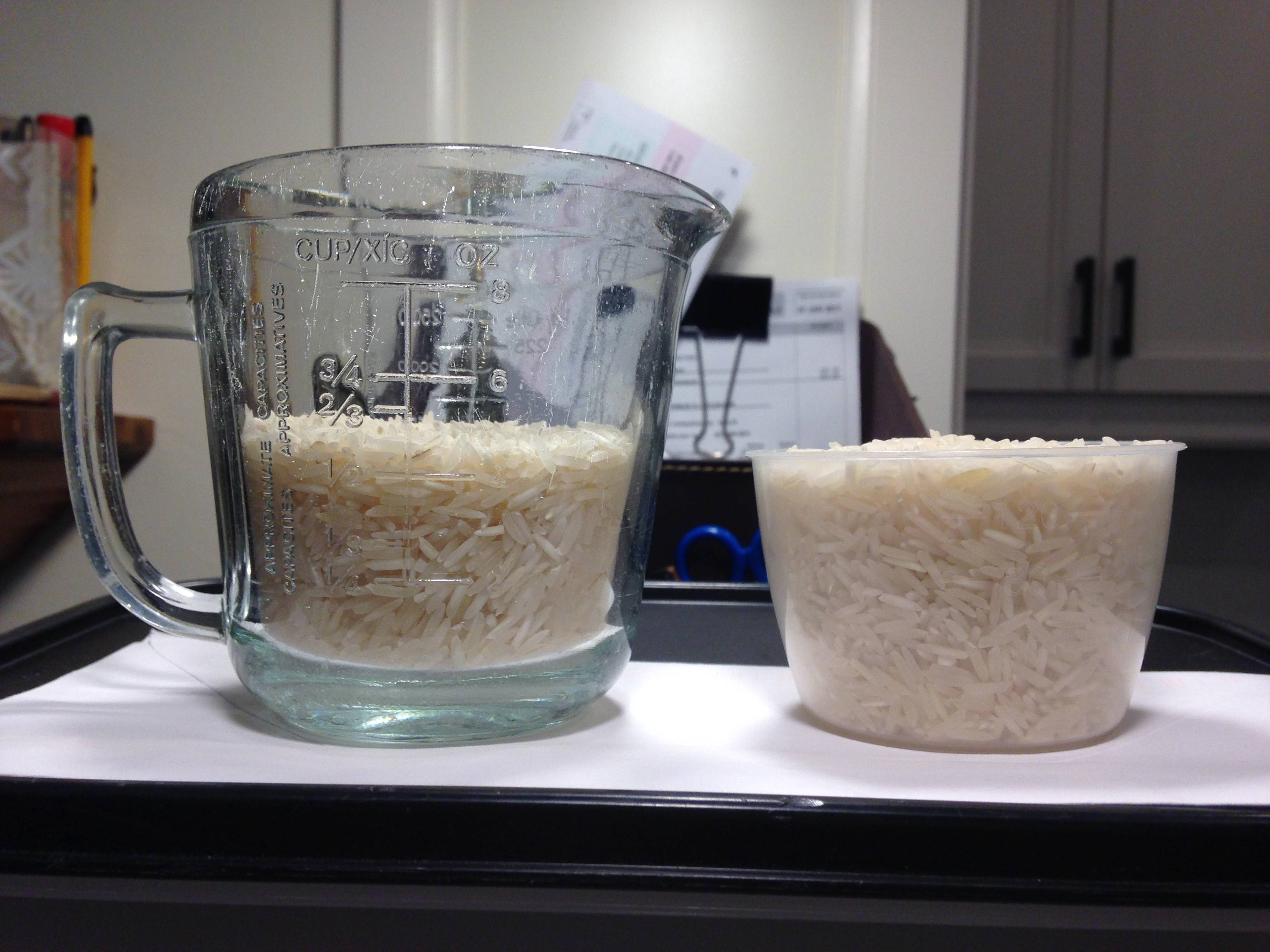

Articles
How Big Is The Rice Cooker Cup
Modified: March 25, 2024
Discover articles on how to determine the size of your rice cooker cup and make the perfect amount of rice every time.
(Many of the links in this article redirect to a specific reviewed product. Your purchase of these products through affiliate links helps to generate commission for Storables.com, at no extra cost. Learn more)
Introduction
When it comes to cooking rice, using a rice cooker is a convenient and foolproof method. However, one important aspect that often puzzles home cooks is the size of the rice cooker cup. Many people wonder how big the rice cooker cup is and how it affects the cooking process. In this article, we will delve into the world of rice cooker cups, exploring their sizes, the significance of getting the right measurement, and dispelling common misconceptions.
Understanding the rice cooker cup is crucial to achieving perfectly cooked rice every time. Unlike traditional measuring cups used in baking and cooking, rice cooker cups are designed specifically for rice cookers. They are typically smaller than regular measuring cups, usually holding around 180 to 200 milliliters (6 to 7 ounces) of uncooked rice. However, it’s important to note that the exact size of the rice cooker cup can vary depending on the manufacturer and model of the rice cooker.
To ensure consistent results, it’s essential to use the correct rice and water ratio when cooking with a rice cooker. Most rice cooker cups come with markings on the inside that indicate the recommended water levels for different types of rice. These markings help guide you in achieving the right balance of moisture for fluffy and tender rice. Using the correct rice cooker cup size will ensure that the rice and water ratio remains accurate.
If you find that your rice cooker doesn’t include a rice cooker cup or if you’ve misplaced it, you can use a regular measuring cup as a substitute. Simply use the ratio of one rice cooker cup to one standard measuring cup. For example, if the recipe calls for two rice cooker cups of rice, you would use two standard measuring cups of rice.
The size of the rice cooker cup plays a vital role in determining the quantity of rice and water needed for cooking. Using an incorrect cup size can throw off the ratio and result in either dry or mushy rice. It’s important to note that using too little water can lead to undercooked rice, while using too much water can result in overcooked and soggy rice. By following the recommended rice and water ratios based on the rice cooker cup size, you can achieve perfectly cooked rice with optimal texture and flavor.
Now that we have a better understanding of the importance of the rice cooker cup size, let’s address some common misconceptions surrounding this topic.
Key Takeaways:
- The size of the rice cooker cup is crucial for achieving perfectly cooked rice, as it ensures accurate measurements and maintains the right rice to water ratio, leading to consistent and delicious results.
- Common misconceptions about rice cooker cup sizes, such as assuming they are all the same or interchangeable, can lead to cooking mistakes. Understanding the purpose and proper use of the rice cooker cup is essential for achieving optimal rice cooking outcomes.
Understanding the Rice Cooker Cup
The rice cooker cup is a unique measuring tool specifically designed for rice cookers. Unlike traditional measuring cups used in baking and cooking, the rice cooker cup has a smaller capacity and is calibrated to ensure precise measurements for rice and water ratios.
The standard size of a rice cooker cup is typically around 180 to 200 milliliters (6 to 7 ounces) of uncooked rice. However, it’s important to note that the exact size can vary depending on the manufacturer and model of the rice cooker. Some rice cookers may come with a slightly smaller cup, while others may have a cup that can hold a bit more rice.
The smaller size of the rice cooker cup is intentional and serves a purpose. It allows for accurate measurements and takes into account the expansion and absorption of rice during the cooking process. When rice is cooked, it swells and absorbs water, increasing in volume. The smaller cup size ensures that you add the right amount of rice to prevent overflow and maintain the correct rice to water ratio.
It’s important to follow the specific instructions provided by the manufacturer of your rice cooker, as some models may come with their own ratios and guidelines. Some rice cookers even have markings on the inside of the pot that indicate the recommended water levels for different types of rice.
When measuring rice using the rice cooker cup, it’s best to level off the rice with a straight edge, like the back of a knife, to ensure accurate measurements. Scooping the rice may result in variable amounts, affecting the final outcome of your cooked rice.
Another key aspect to consider is the rice to water ratio. The rice cooker cup is calibrated to maintain the ideal ratio of rice to water for perfectly cooked rice. This ratio can vary depending on the type of rice and personal preference. Generally, the standard ratio is 1:1, meaning one cup of rice to one cup of water. However, some types of rice, like jasmine or basmati, may require slightly more water.
Understanding the rice cooker cup and its purpose is essential for achieving consistent and delicious results when using a rice cooker. By following the recommended measurements and ratios, you can enjoy fluffy, tender, and perfectly cooked rice every time.
Standard Rice Cooker Cup Sizes
When it comes to rice cooker cups, there is no one-size-fits-all standard. The size of the rice cooker cup can vary depending on the manufacturer and model of the rice cooker. However, there are some common sizes that are often found in rice cookers.
The most commonly used rice cooker cup size is around 180 to 200 milliliters (6 to 7 ounces) of uncooked rice. This size is suitable for most rice cookers and provides consistent results. However, it’s important to check the specifications of your rice cooker to determine the exact cup size it requires.
Some rice cookers may come with a smaller cup size, typically around 150 milliliters (5 ounces) of uncooked rice. These smaller cups are often found in compact or single-serving rice cookers. While the smaller cup size may require adjusting the rice and water ratio, it still provides accurate measurements for cooking rice.
On the other hand, larger rice cookers designed for commercial or family use may come with larger cup sizes. These cup sizes can range from 240 to 300 milliliters (8 to 10 ounces) of uncooked rice. These bigger cups allow users to cook larger quantities of rice more efficiently.
It’s worth noting that some rice cookers may provide multiple cup sizes, allowing you to choose the one that suits your needs. This flexibility is especially useful if you frequently cook different quantities of rice or have specific preferences for rice to water ratios.
When selecting a rice cooker, it’s important to consider your cooking needs and the portion sizes you typically require. If you usually cook large batches of rice for a large family or for gatherings, a rice cooker with a larger cup size may be more suitable. Conversely, if you often cook single servings or smaller portions, a rice cooker with a smaller cup size or adjustable cup size options may be more practical.
Understanding the standard sizes of rice cooker cups can help you make an informed decision when purchasing a rice cooker and ensure that you choose one that aligns with your cooking requirements. Regardless of the size, using the right rice cooker cup will help you cook rice with precision and consistency.
Measuring Rice and Water Ratio
When using a rice cooker, getting the rice and water ratio right is crucial for perfectly cooked rice. The rice cooker cup plays a significant role in ensuring accurate measurements and achieving the desired texture and consistency.
The general rule of thumb for cooking white rice in a rice cooker is a 1:1 ratio, which means using equal parts of rice and water. For example, if you’re using one rice cooker cup of uncooked rice, you would add one cup of water.
However, it’s important to note that the exact rice and water ratio can vary depending on the type of rice you’re using, personal preferences, and the specific instructions provided by the rice cooker manufacturer. Some types of rice, like jasmine or basmati, may require slightly more water for optimal results.
Most rice cookers come with markings on the inside of the pot that indicate the recommended water levels for different types of rice. These markings help you determine the right amount of water to add based on the rice cooker cup size and the type of rice you’re cooking. It’s essential to follow these guidelines to ensure consistent and delicious results.
When measuring the water, it’s crucial to use the rice cooker cup rather than a regular measuring cup. The rice cooker cup is calibrated to maintain the proper rice to water ratio for optimal cooking. Using a regular measuring cup may result in inaccurate measurements and affect the quality of your cooked rice.
To measure the rice, use the rice cooker cup provided with your rice cooker. Fill the cup with uncooked rice and level it off with a straight edge, like the back of a knife. It’s important not to pack or press down the rice when measuring, as this can affect the accuracy of the measurement.
After measuring the rice, transfer it to the inner pot of the rice cooker. Add the corresponding amount of water based on the markings or the prescribed rice to water ratio for the type of rice you’re using. Close the lid of the rice cooker and select the appropriate cooking setting.
Remember that the rice and water ratio is crucial for achieving the desired texture and taste of the rice. Using too little water can result in undercooked and dry rice, while using too much water can make the rice mushy and soggy. It may take some experimentation to find the perfect rice to water ratio that suits your taste preferences and the specific type of rice you’re cooking.
By accurately measuring the rice and water ratio using the designated rice cooker cup and following the recommended guidelines, you can consistently achieve perfectly cooked rice with a fluffy and tender texture.
When measuring the capacity of a rice cooker, keep in mind that the cup size provided refers to a specific measurement for rice, not a standard liquid cup. Always use the provided cup for accurate results.
Adjusting Rice Cooker Cup Sizes
While most rice cookers come with a designated rice cooker cup, there may be situations where you need to adjust the cup size or use a different measuring tool. Here are a few scenarios where you might need to make adjustments:
1. Missing or Lost Rice Cooker Cup: If you’ve misplaced your rice cooker cup or your rice cooker didn’t come with one, don’t worry! You can use a regular measuring cup as a substitute. The general guideline is to use a 1:1 ratio, meaning one cup of rice to one cup of water. If the recipe calls for a specific number of rice cooker cups, simply use the same number of regular measuring cups.
2. Different Rice Cooker Cup Size: Some rice cookers may come with a slightly smaller or larger rice cooker cup than the standard sizes mentioned earlier. In such cases, it’s important to adjust the rice and water ratio accordingly. Take note of the markings inside the rice cooker pot and follow the recommended water levels for the specific cup size provided by the manufacturer.
3. Cooking different quantities of rice: If you’re cooking a smaller or larger quantity of rice than what the rice cooker cup is designed for, you may need to adjust the rice and water ratio as well. Use the 1:1 ratio as a starting point and adjust the amount of water based on the desired texture. You may need to add slightly more water for smaller quantities and slightly less water for larger quantities to achieve the right consistency.
4. Personal preference: Everyone’s taste preferences vary, and some individuals prefer their rice to be softer or firmer. If you prefer softer rice, you can increase the amount of water slightly, and if you prefer firmer rice, you can decrease the amount of water. It may require some experimentation to find the perfect rice to water ratio that suits your taste.
It’s important to note that while adjusting the rice cooker cup size or the rice and water ratio can provide flexibility, it’s best to follow the manufacturer’s instructions and guidelines whenever possible. They have designed and tested their rice cookers to deliver optimal results using the recommended cup size and ratios. However, in situations where adjustments are necessary, use common sense and personal preference to make modifications.
Remember to keep track of any adjustments you make so that you can replicate your desired results in future cooking sessions. With a little practice and experimentation, you’ll be able to adapt to different cup sizes and achieve perfectly cooked rice every time.
Read also: 14 Amazing Rice Cooker 3Cup For 2024
Importance of Rice Cooker Cup Size
The rice cooker cup size may seem like a small detail, but it plays a crucial role in achieving perfectly cooked rice. Here’s why the rice cooker cup size is important:
1. Accurate Measurements: The rice cooker cup is specifically calibrated to provide accurate measurements for rice and water ratios. Using the correct cup size ensures that you add the right amount of rice and water, resulting in consistent and properly cooked rice. Inaccurate measurements can lead to rice that is too dry or too mushy.
2. Maintaining the Right Rice to Water Ratio: The rice to water ratio is critical for achieving the desired texture and taste of the rice. The rice cooker cup helps maintain the ideal ratio, allowing the rice to cook evenly and absorb the appropriate amount of moisture. Using a different cup size can throw off this ratio and affect the final outcome of your cooked rice.
3. Avoiding Overflow: Rice expands as it cooks and absorbs water, increasing in volume. Using a standard measuring cup that is larger than the rice cooker cup can lead to overflow and mess inside the rice cooker. The smaller size of the rice cooker cup allows for the necessary expansion without causing spillovers.
4. Consistency and Replication: Using the correct rice cooker cup size ensures that you can replicate your desired results consistently. When you find the right rice to water ratio and cooking time using the rice cooker cup, you can easily recreate the same delicious rice in future cooking sessions.
5. Optimization of Rice Cooker Functions: Rice cookers are designed to work best with the designated rice cooker cup size. The cooking time and temperature settings are calibrated to cater to the specific cup size, allowing for efficient and effective rice cooking. Using a different cup size may not provide the same level of optimization and could affect the performance of the rice cooker.
6. Compatibility with Rice Cooker Markings: Many rice cookers have markings on the inside of the pot that indicate the recommended water levels for different types of rice. These markings are often based on the rice cooker cup size. When you use the designated cup size, you can align the water levels accurately with the markings for precise measurement and cooking.
By recognizing the importance of the rice cooker cup size, you can ensure that you’re using the correct measurements, maintaining the right rice to water ratio, and producing consistently exceptional rice with your rice cooker.
Common Misconceptions
There are several common misconceptions surrounding rice cooker cup sizes. Let’s debunk some of these misconceptions:
1. All Rice Cooker Cups Are the Same: One of the biggest misconceptions is that all rice cooker cups are standardized across different brands and models of rice cookers. In reality, rice cooker cups can vary in size. It’s important to use the specific rice cooker cup that comes with your rice cooker or refer to the manufacturer’s instructions to ensure accurate measurements.
2. Regular Measuring Cups Can Be Used as a Substitute: While it is possible to use a regular measuring cup as a substitute for a rice cooker cup, it’s important to keep in mind that the two cups have different sizes. The rice cooker cup is specifically calibrated for rice cookers and provides accurate measurements for rice and water ratios. Using a regular measuring cup may result in different ratios and affect the texture and cooking outcome of the rice.
3. Rice Cooker Cup Size Determines Serving Size: Another misconception is that the size of the rice cooker cup determines the serving size. In reality, the rice cooker cup size primarily affects the rice to water ratio and the cooking process. Serving size can vary based on personal preference and the desired quantity of rice. It’s important to consider the specific cup size recommendations provided by the rice cooker manufacturer and adjust the rice and water ratio accordingly.
4. All Rice Cooker Cups Are Interchangeable: While some rice cookers may have interchangeable cups, it’s important to use the cup that corresponds to your specific rice cooker model. Different rice cookers may have different cup sizes, and using a cup that is not designed for your rice cooker can lead to inaccurate measurements and affect the cooking outcome.
5. Rice Cooker Cup Measurement Is Consistent Across Rice Types: The measurement in a rice cooker cup is generally consistent for a specific rice type, but it may vary slightly for different rice varieties. Sticky or short-grain rice, for example, may require slightly less water compared to long-grain rice. It’s crucial to refer to the manufacturer’s instructions or adjust the water level based on the specific rice type you’re cooking.
6. Rice Cooker Cup Size Determines Rice Quality: The size of the rice cooker cup does not determine the quality of the cooked rice. The rice quality is influenced by factors such as the rice type, water-to-rice ratio, cooking time, and personal preference. Using the correct cup size and following proper cooking techniques will help you achieve the desired rice texture and taste.
By clarifying these misconceptions, you can approach cooking with a rice cooker more confidently and make informed decisions regarding cup sizes and measurements.
Conclusion
The rice cooker cup size may seem like a small detail, but it holds significant importance in achieving perfectly cooked rice. By understanding the purpose and proper use of the rice cooker cup, you can ensure accurate measurements, maintain the correct rice to water ratio, and produce consistent results in your rice cooker.
While the specific size of the rice cooker cup can vary depending on the manufacturer and model, it is generally smaller than a regular measuring cup. This smaller size allows for precise measurements, accounting for the expansion and absorption of rice during cooking.
Following the recommended rice and water ratios based on the rice cooker cup size is key to achieving fluffy, tender, and perfectly cooked rice. The rice cooker cup ensures that you add the correct amount of ingredients, preventing rice that is too dry or too mushy.
It’s important to note that in situations where you don’t have a rice cooker cup or need to adjust the cup size, you can use a regular measuring cup as a substitute. However, it is best to follow the manufacturer’s instructions and adjust the rice and water ratio accordingly.
By debunking common misconceptions surrounding rice cooker cups, such as assuming they are all the same size or can be interchangeably used, you can avoid mistakes and achieve consistent results with your rice cooker.
Remember to consider factors like personal preference, rice type, and serving size when using the rice cooker cup. With practice and experimentation, you can fine-tune the rice and water ratio to suit your taste and achieve the perfect texture every time.
In conclusion, understanding and utilizing the rice cooker cup correctly is essential for cooking delicious rice with a rice cooker. By paying attention to the cup size, measuring the ingredients accurately, and following the recommended rice and water ratios, you can enjoy consistently excellent rice that complements your favorite meals.
Frequently Asked Questions about How Big Is The Rice Cooker Cup
Was this page helpful?
At Storables.com, we guarantee accurate and reliable information. Our content, validated by Expert Board Contributors, is crafted following stringent Editorial Policies. We're committed to providing you with well-researched, expert-backed insights for all your informational needs.
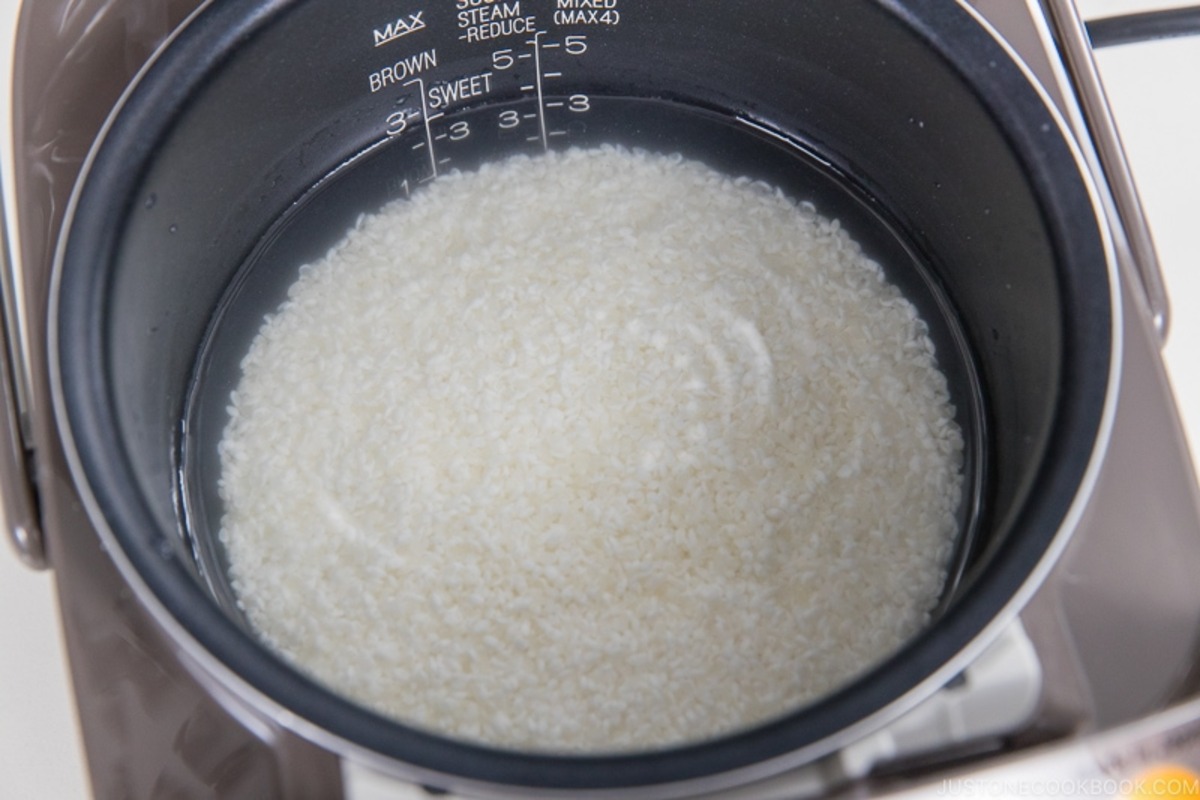
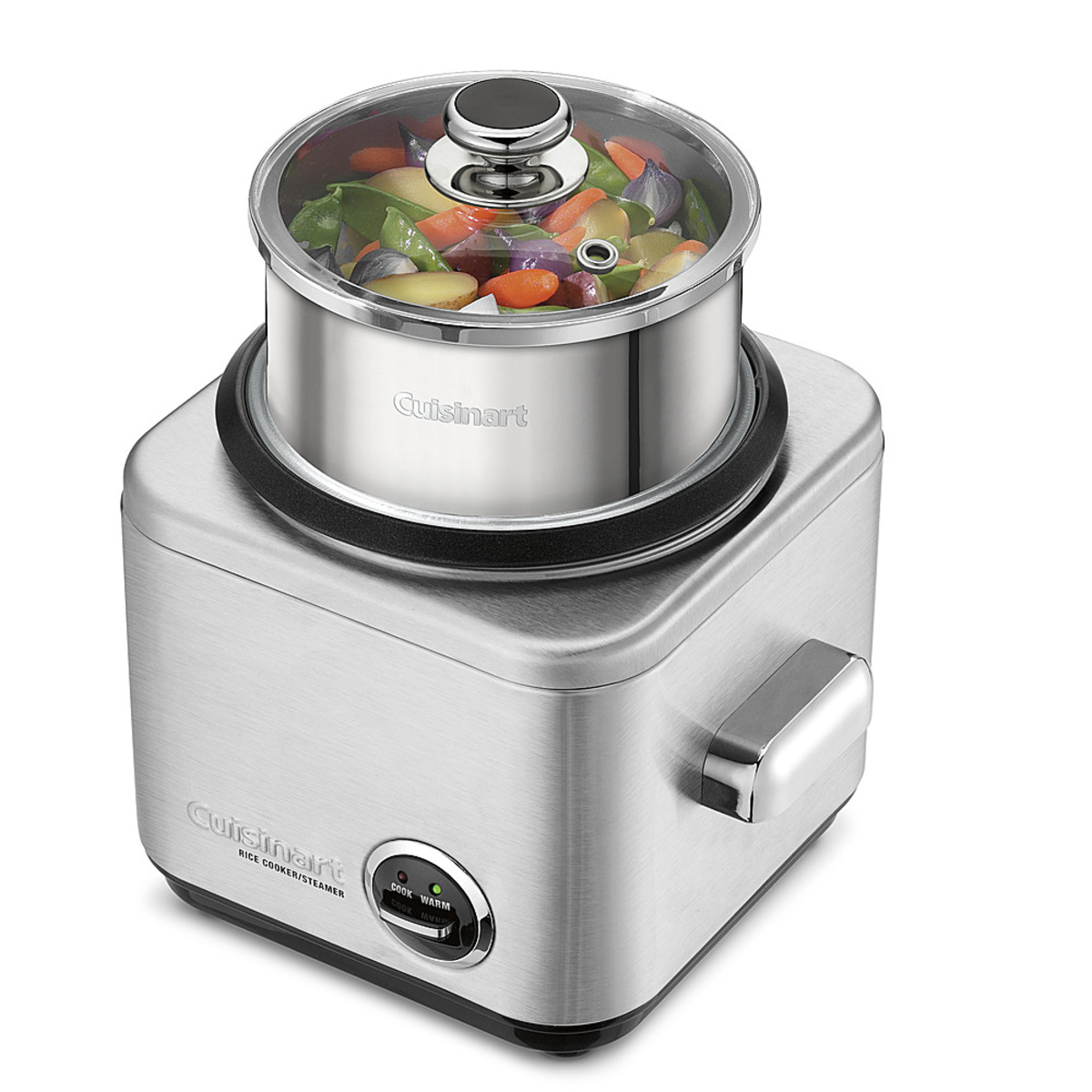
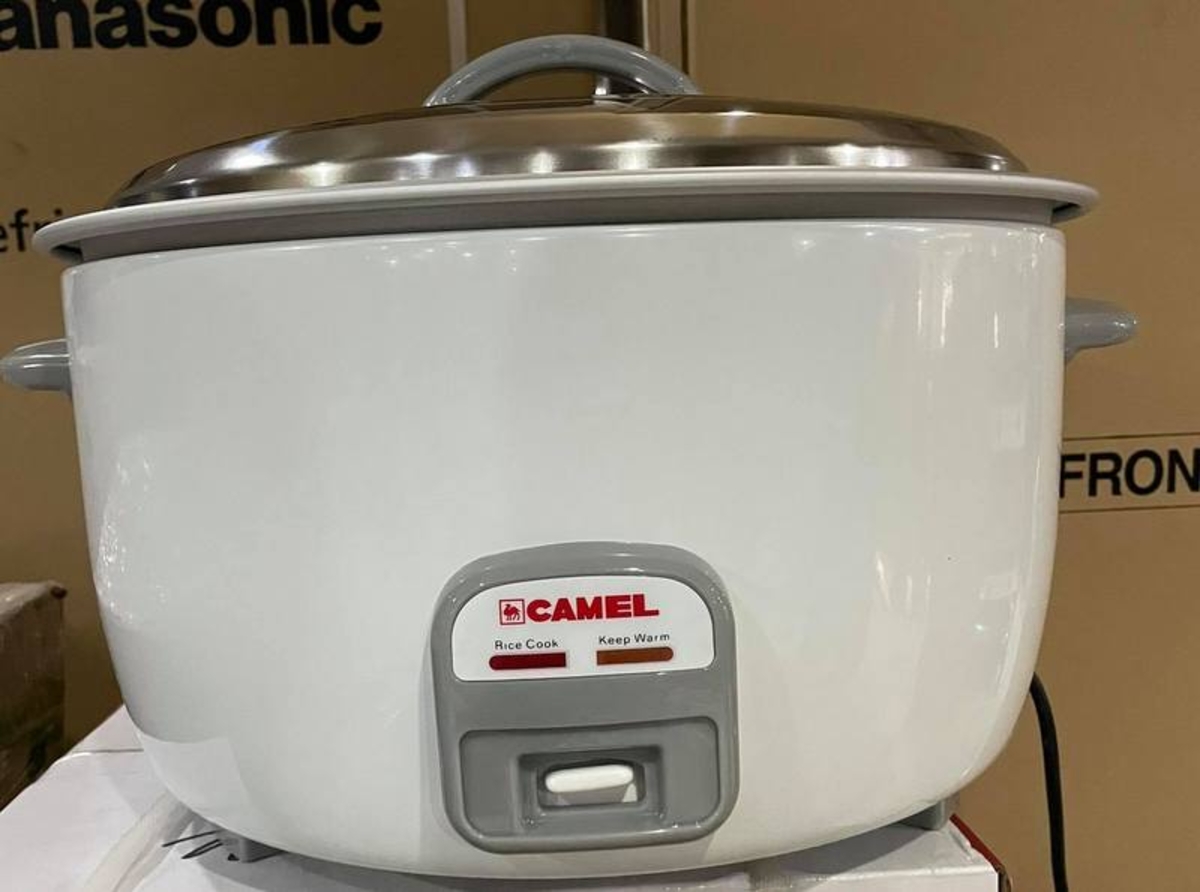
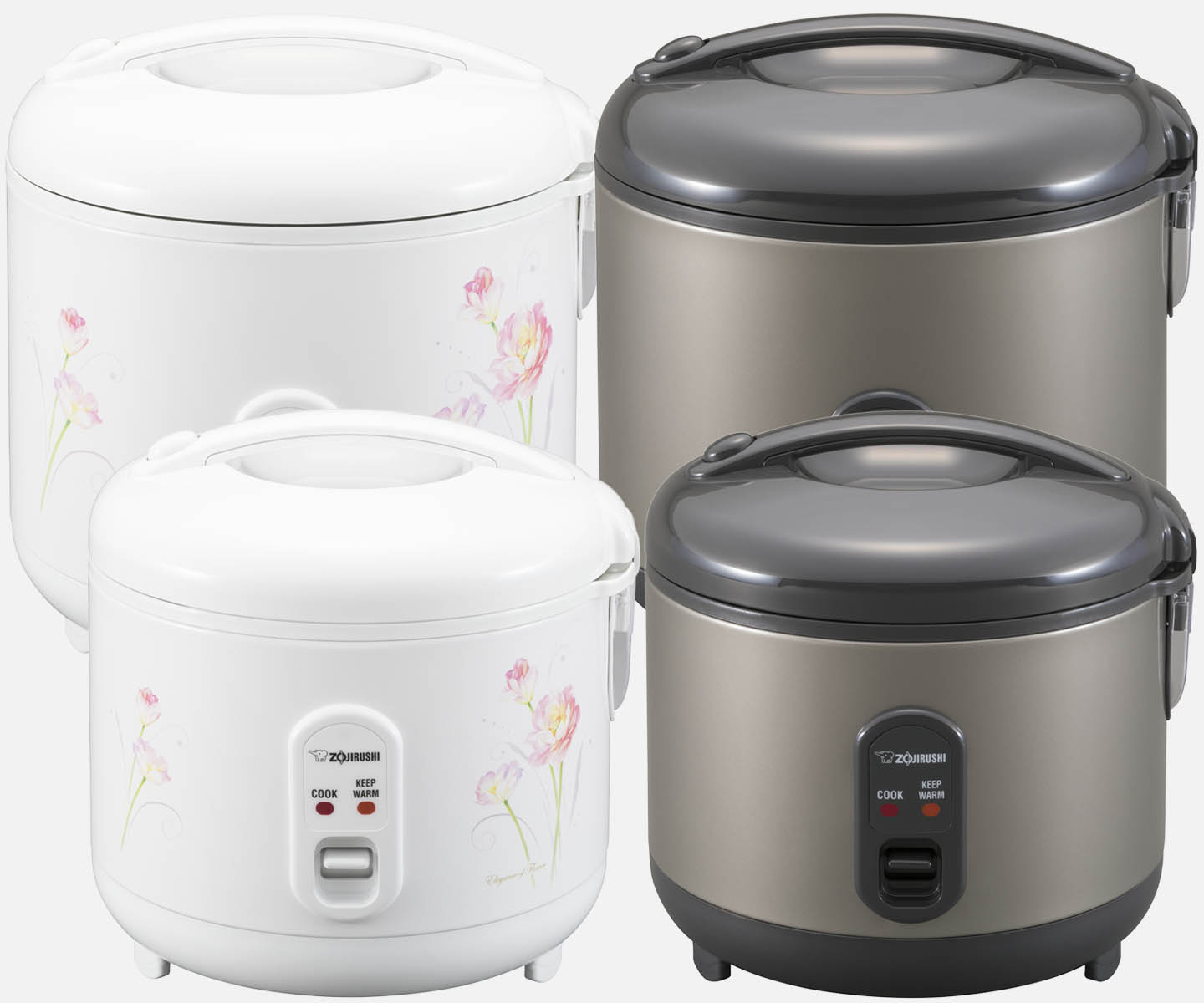
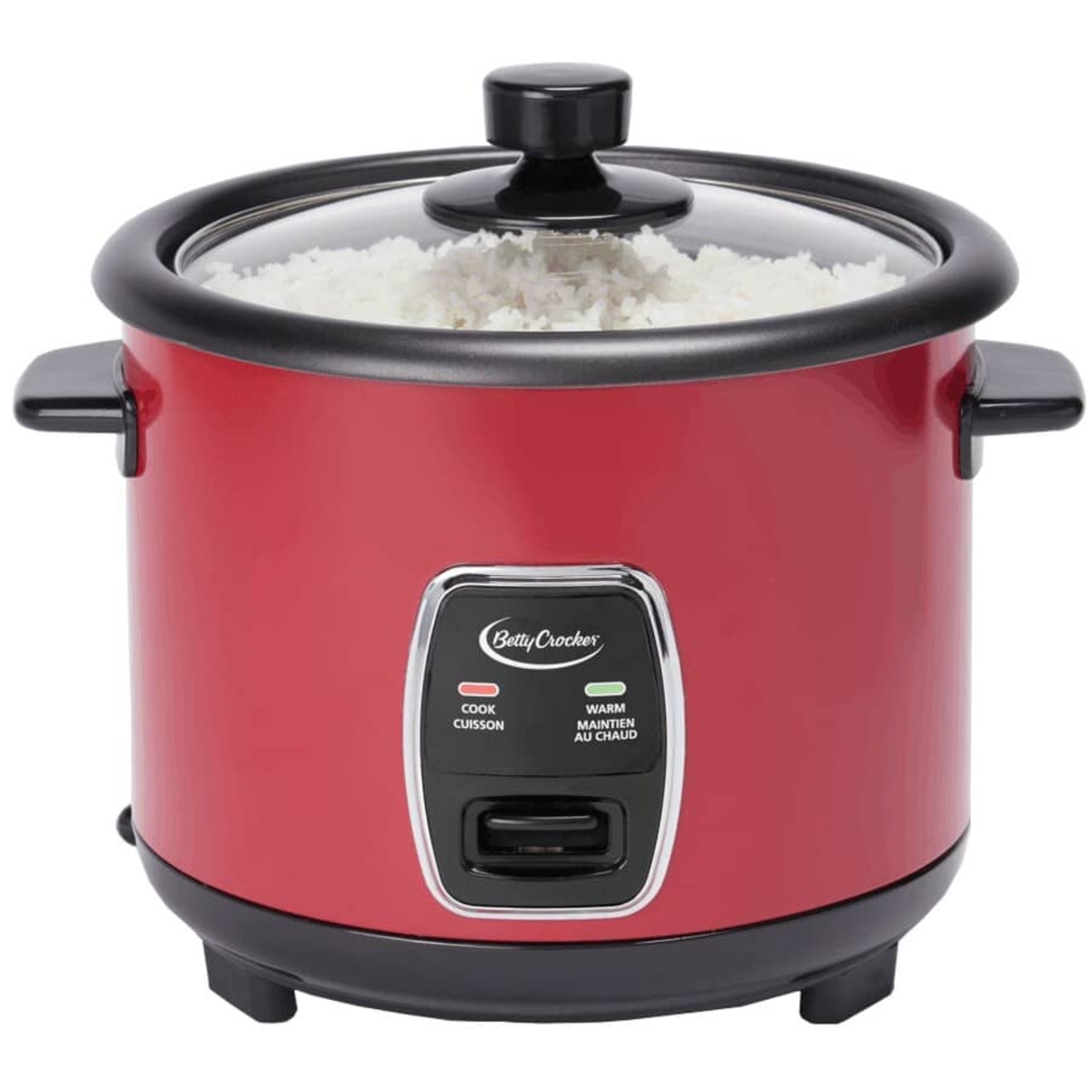
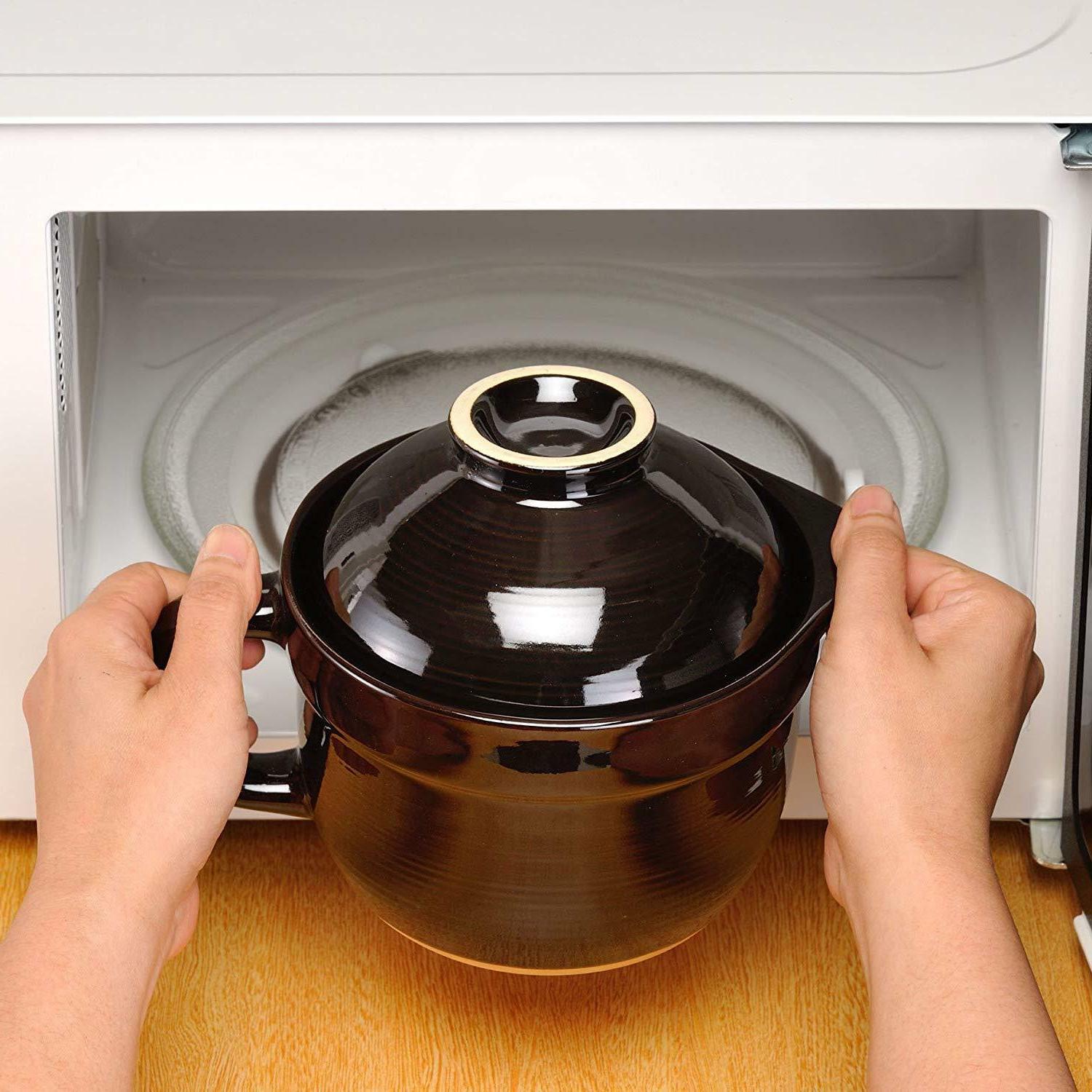
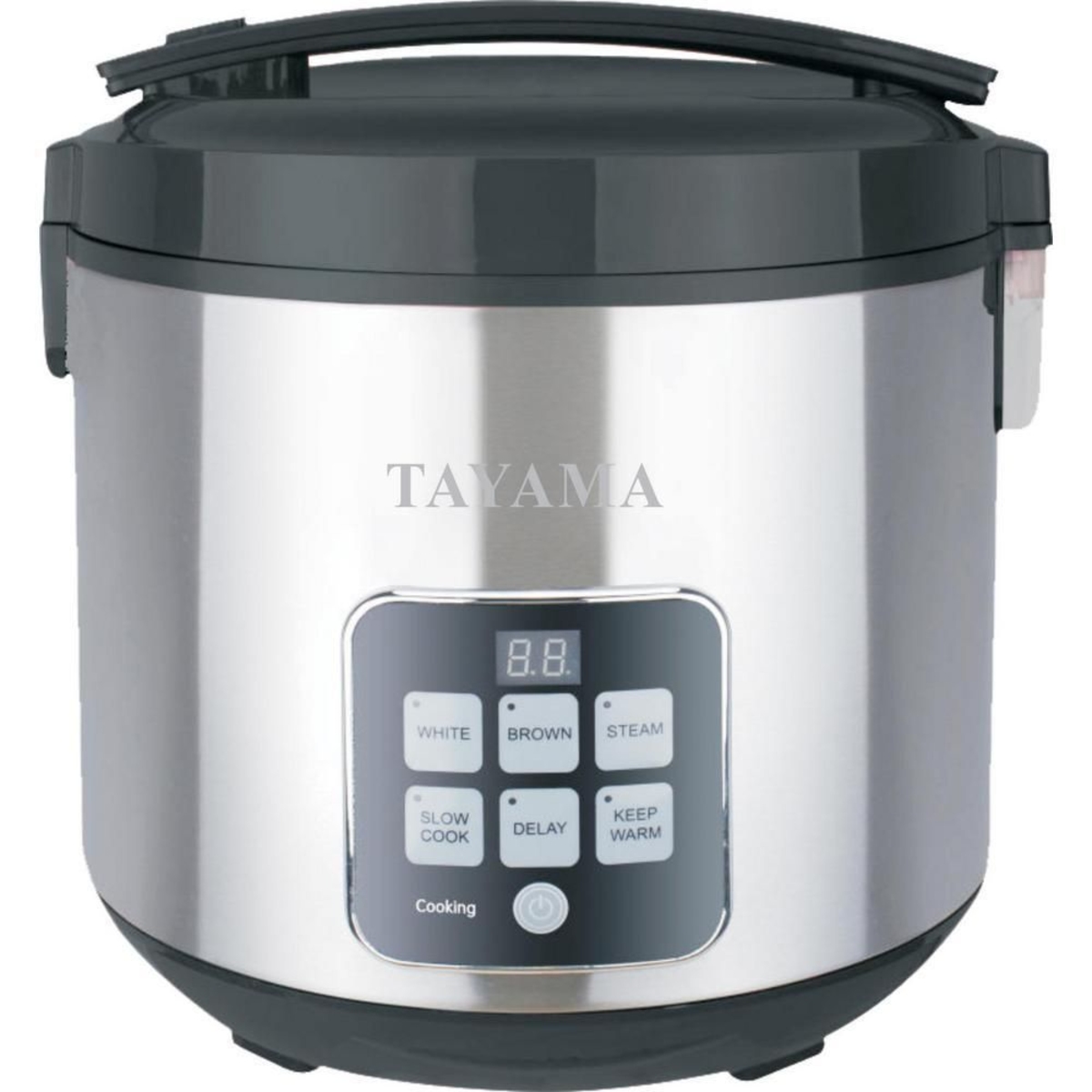
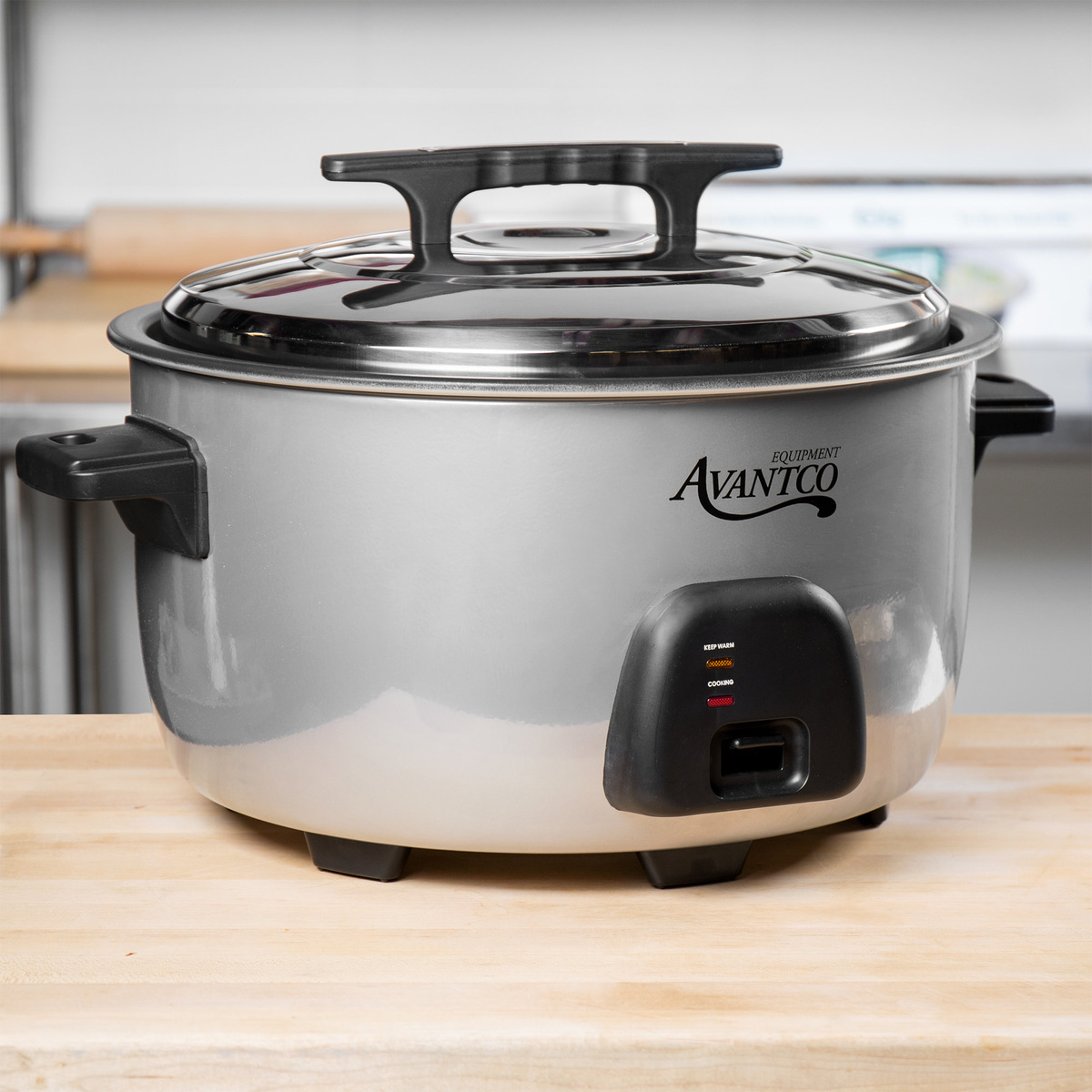
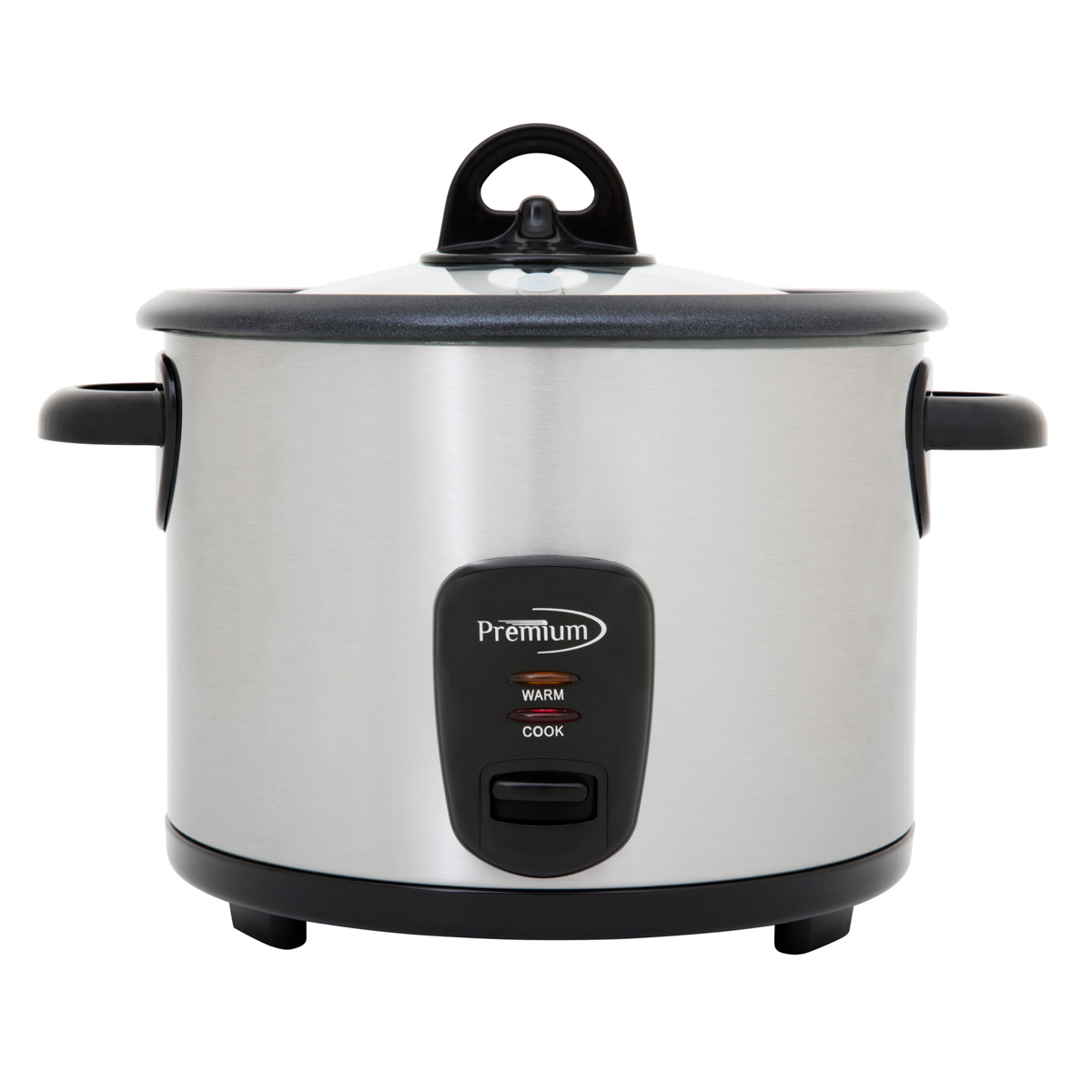
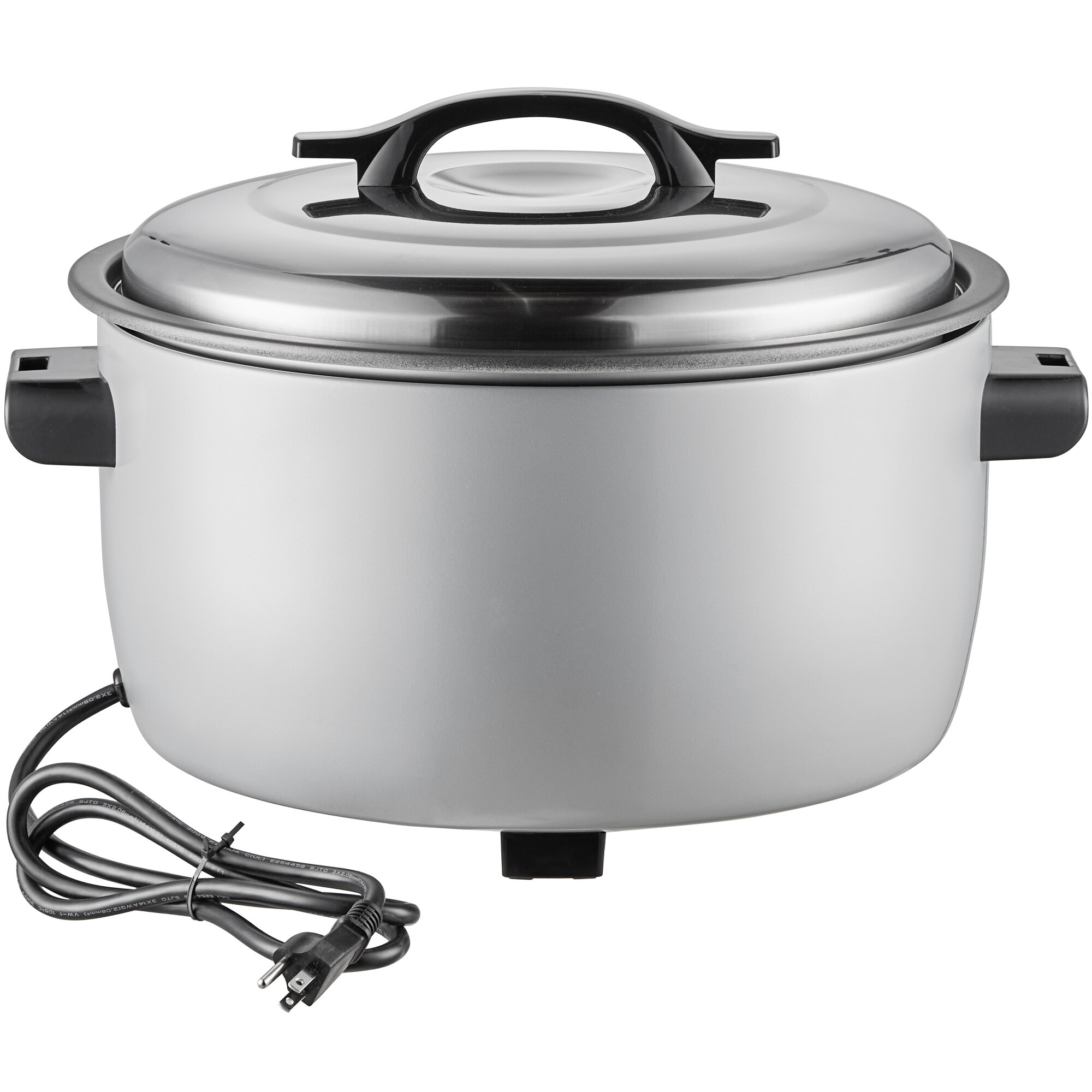

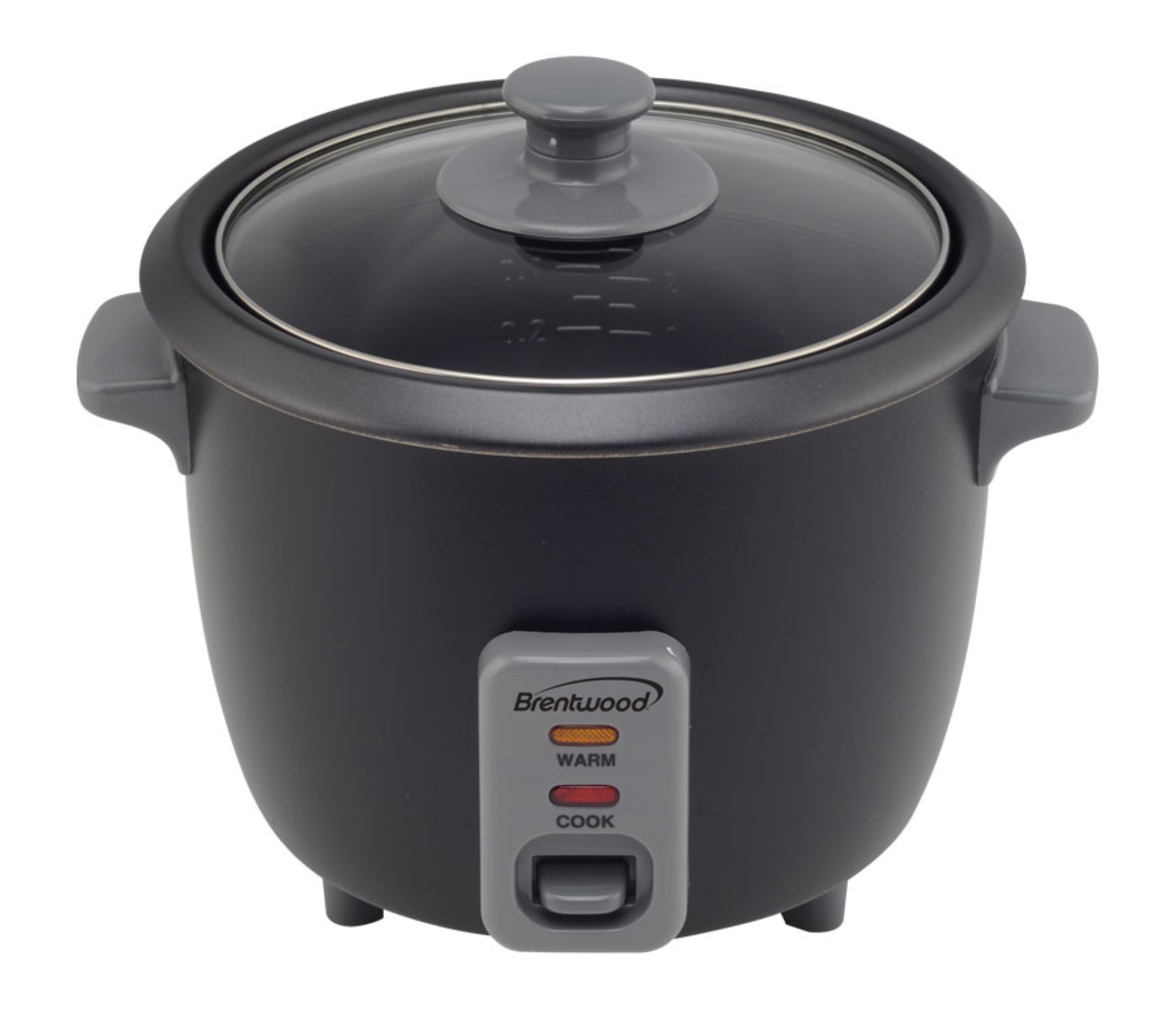
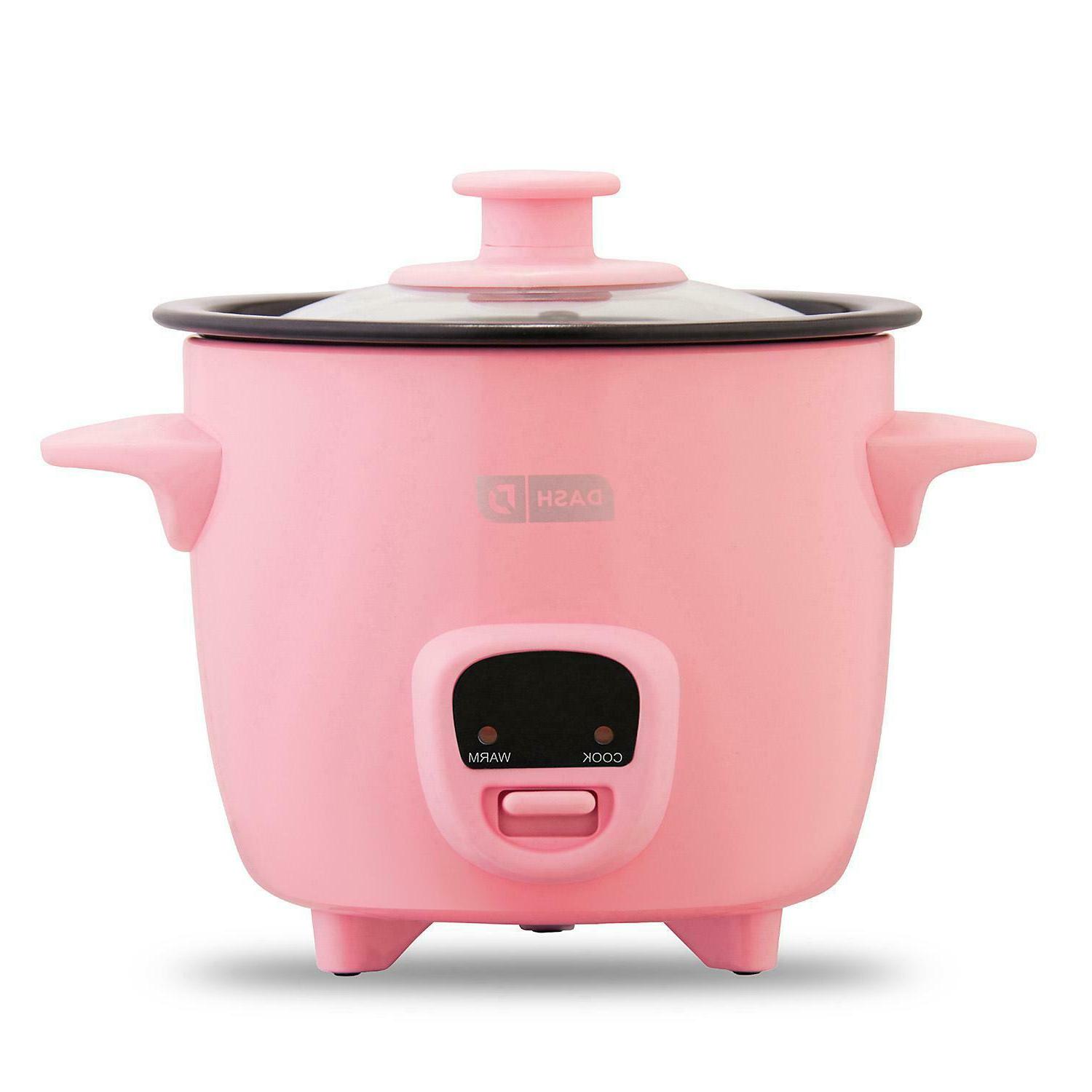
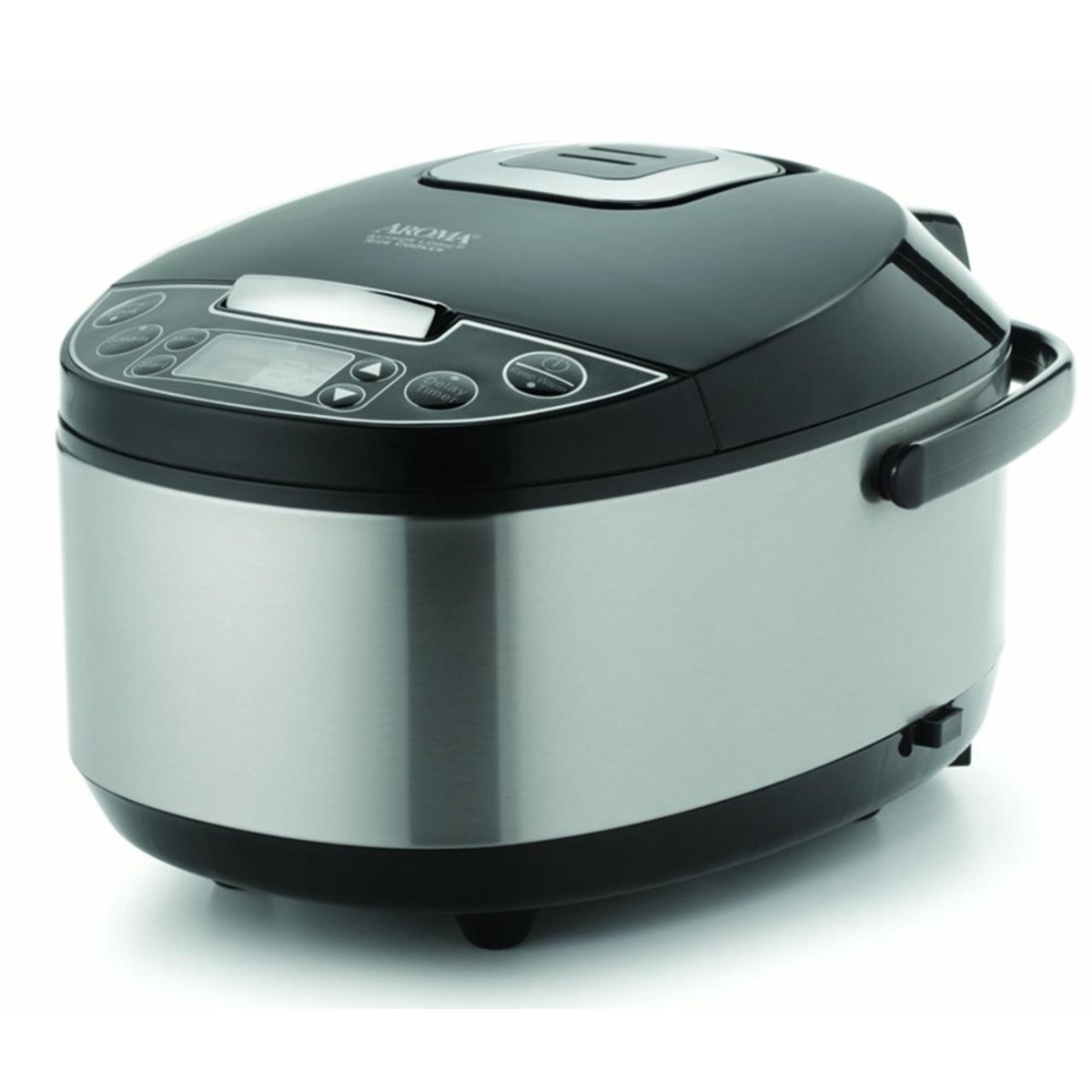

0 thoughts on “How Big Is The Rice Cooker Cup”